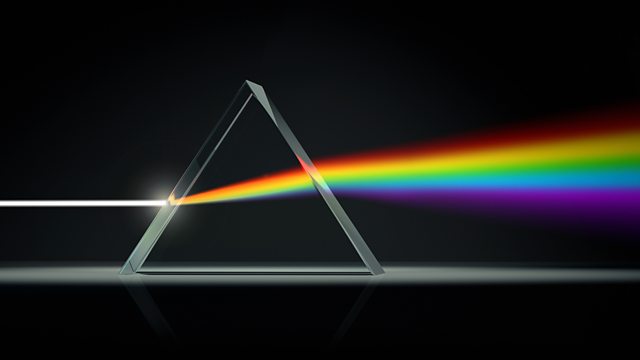The law of reflection
Sound waves and light waves reflect from surfaces. The angle of incidence equals the angle of reflection. This is called the law of reflection. So, if a wave hits a mirror at an angle of 36°, it will be reflected at the same angle (36°).
You can investigate the law of reflection using a light box, mirror and angle measurer.
Wave striking a water barrier and a ray of light striking a plane mirror
An incident ray of light hits a plane
mirror at an angle and is reflected back off it. The angle of
reflection is equal to the angle of incidence. Both angles are measured
from the normal. The normal is an imaginary line at right angles to the
plane mirror.
Smooth surfaces produce strong echoes then sound waves hit them, and they can act as mirrors when light waves hit them. The waves are reflected uniformly and light can form images.
The waves can:
- be focused to a point, eg sunlight reflected off a concave telescope mirror
- appear to come from a point behind the mirror, eg a looking glass
Rough surfaces scatter
sound and light in all directions. However, each tiny bit of the
surface still follows the rule that the angle of incidence equals the
angle of reflection.
Refraction
Sound waves and light waves change speed when they pass across the boundary between two substances with different densities, such as air and glass. This causes them to change direction and this effect is called refraction. We can use water waves in a ripple tank to show this effect.
Refraction doesn't happen if the
waves cross the boundary at an angle of 90° (called the normal) - in
this case, they carry straight on.
The refraction follows a regular pattern.
When light passes from air into semi-circular blocks of Perspex the following is seen:
The light enters the curved face of the block directly, so no refraction is seen here. As you increase the angle of incidence you see a greater angle of refraction.
At a specific angle, the light ray will no longer leave the block. At this point the angle of incidence is called the critical angle. Any further increase in the angle of incidence will mean the ray is reflected, not refracted.
When white light passes from air into a triangular prism, it is refracted as it enters, and then again as it exits. As it leaves the prism, the different wavelengths of the individual colours of light result in different angles of refraction.
This splits white light into the seven colours of the rainbow. This process is called dispersion. Red light is refracted the least and violet the most. Each colour of light can be called monochromatic.

Refraction from a prism




